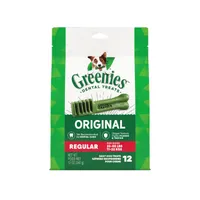Are rawhide bones good for dogs? Vet reveals the pros, cons, and 4 safer alternatives
Delicious distraction or a digestive disaster?
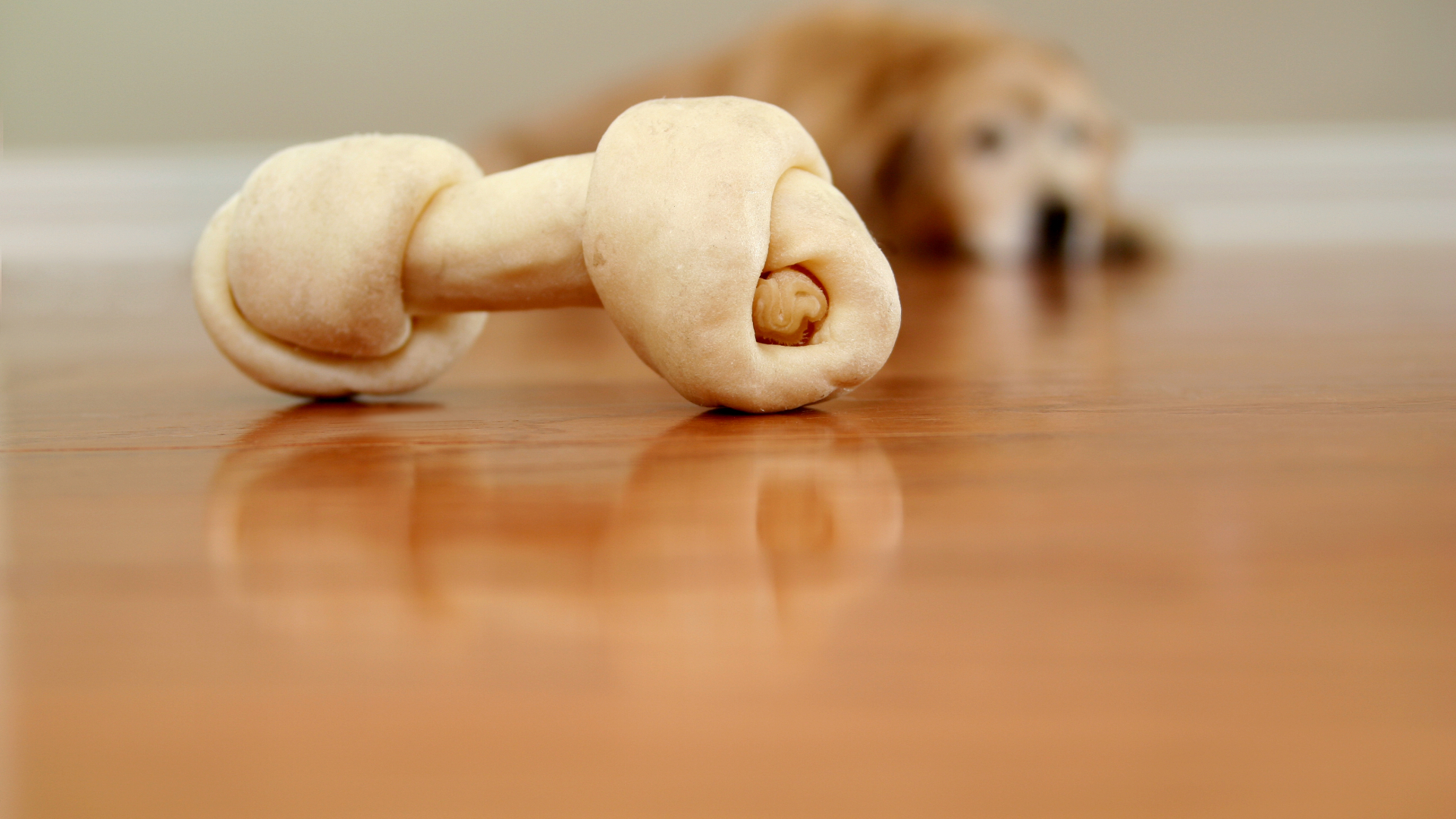
Are rawhide bones good for dogs? As a practicing veterinary surgeon with more than 13 years of experience, I often encounter questions from dog owners about the safety and suitability of various chew treats.
While rawhide bones are widely available and often marketed as beneficial for things like dental health and boredom relief, it's essential to understand their potential risks as well as their benefits.
Rawhide bones, in particular, have been the subject of debate among many vet professionals. Below, we'll delve into what they are, their pros and cons, how to offer them safely, and explore healthier alternatives. For those seeking durable and safe chew options, consider exploring the best long-lasting dog chews.
Are rawhide bones good for dogs?
Rawhide bones are made from the inner layer of cow or horse hides; they are processed and dried to create chewable treats. They are often promoted for their dental benefits and ability to satisfy a dog's natural urge to chew.
Pros:
- Good dental health: Chewing rawhide can help reduce plaque and tartar buildup.
- Provides mental stimulation: Chews can provide an outlet for natural chewing behavior, reducing boredom.
- Long-lasting: Typically rawhide chews last longer than some other chews, keeping dogs engaged and meaning larger breeds with bigger mouths and stronger jaws are occupied for longer.
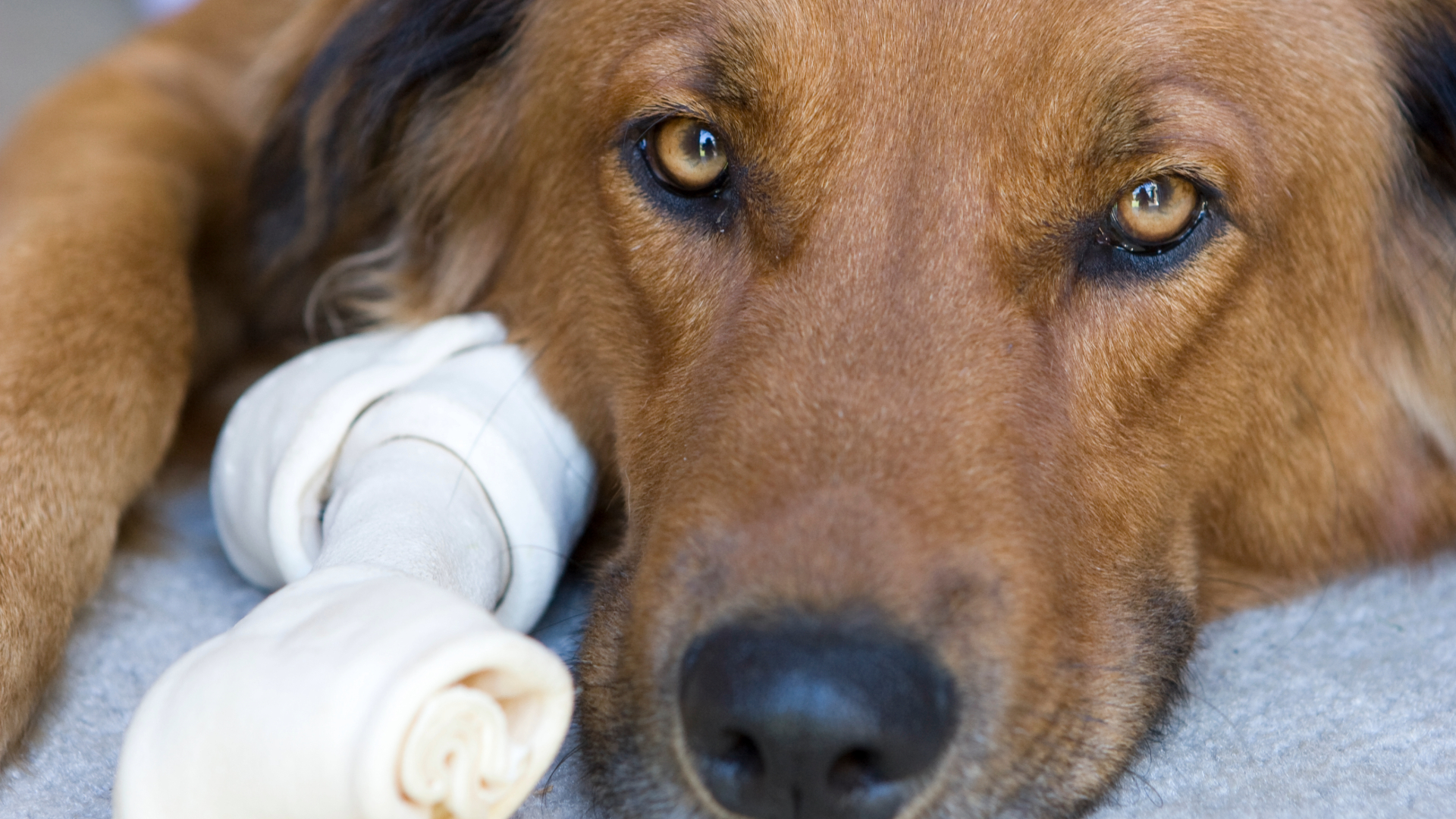
Cons:
- Choking hazard: Large pieces can break off and become lodged in the throat or digestive tract. There are safer dog chews for aggressive chewers on the market.
- Digestive issues: Rawhide chews are not easily digestible and can cause blockages or gastrointestinal upset.
- Chemical exposure: Some rawhides are processed with chemicals that may be harmful to dogs.
- Contamination risk: There is the potential for bacterial contamination, with bacteria such as salmonella, E coli and listeria. These pose health risks to both dogs and humans, especially the very young, the elderly, and anyone that is immunosuppressed.
Given these concerns, many vets advise caution or recommend avoiding rawhide chews altogether.
What are rawhide bones made of?
Rawhide is derived from the inner layer of animal hides, primarily from cows but other species are sometimes used. The hides undergo a series of chemical treatments to remove hair and fat, then are bleached and dried. This process can involve the use of hydrogen peroxide and other chemicals to preserve the product and enhance its appearance.
While rawhide is technically a by-product of the leather industry, it's important to note that it's not classified as food and, therefore, isn't subject to the same safety regulations. This lack of oversight raises concerns about the presence of residual chemicals and the overall safety of rawhide chews for dogs.
Get the best advice, tips and top tech for your beloved Pets
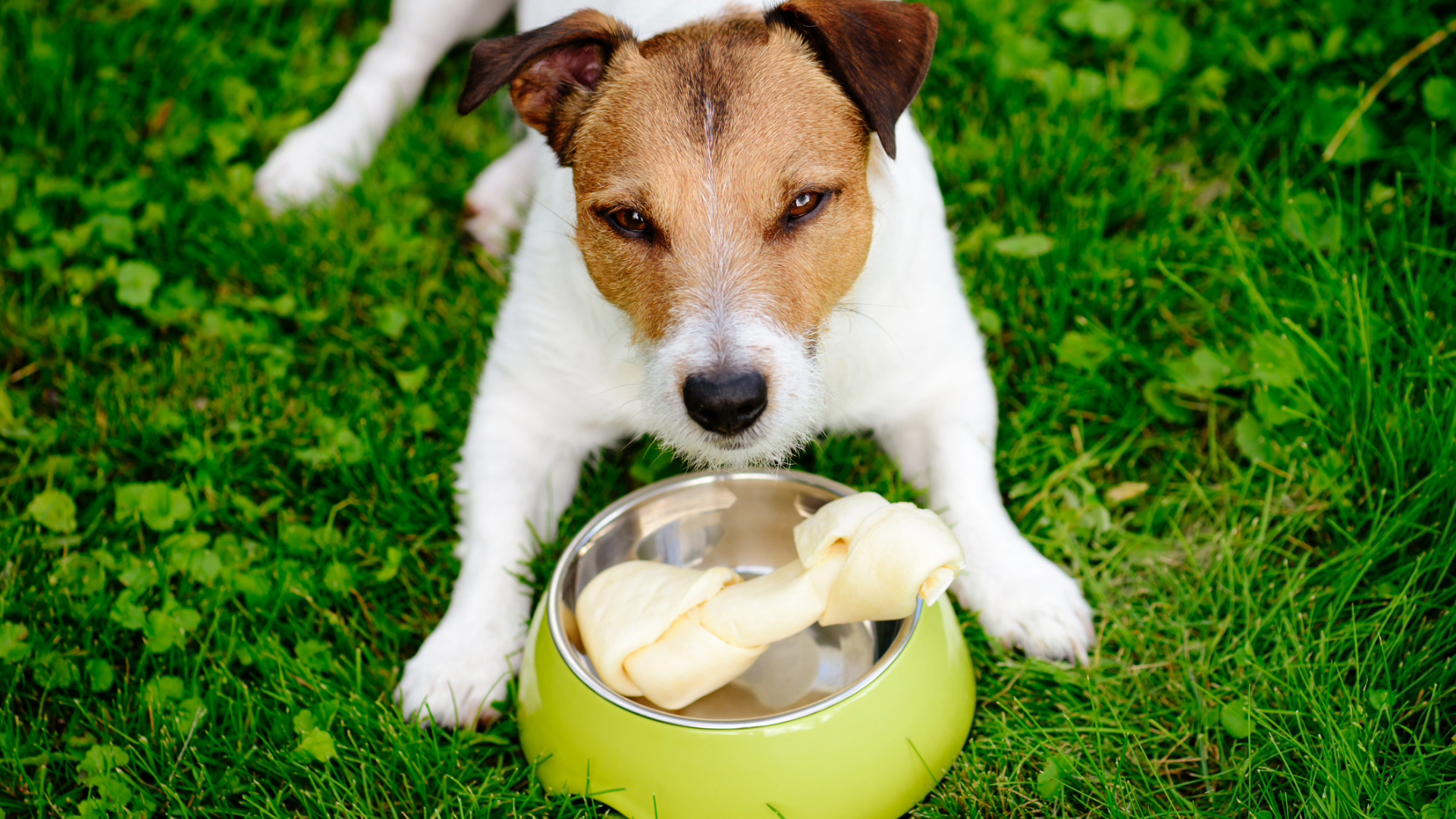
How do you give a dog rawhide?
If you choose to offer rawhide to your dog, it's crucial to do so safely. There are a few important factors that need to be considered:
- Supervision: Always monitor your dog while they are chewing to prevent choking or ingestion of large pieces.
- Appropriate size: Select a rawhide that is suitable for your dog's breed, size, and chewing strength.
- Limit chewing time: Restrict chewing sessions to 15–20 minutes to reduce the risk of overconsumption.
- Discard small pieces: Remove and dispose of any small or broken pieces to prevent accidental swallowing.
- Hydration: Ensure your dog has access to fresh water during and after chewing. You might consider investing in the best pet water fountain.
Despite these precautions, the inherent risks associated with rawhide may outweigh the benefits, prompting lots of dog owners to seek safer alternatives.
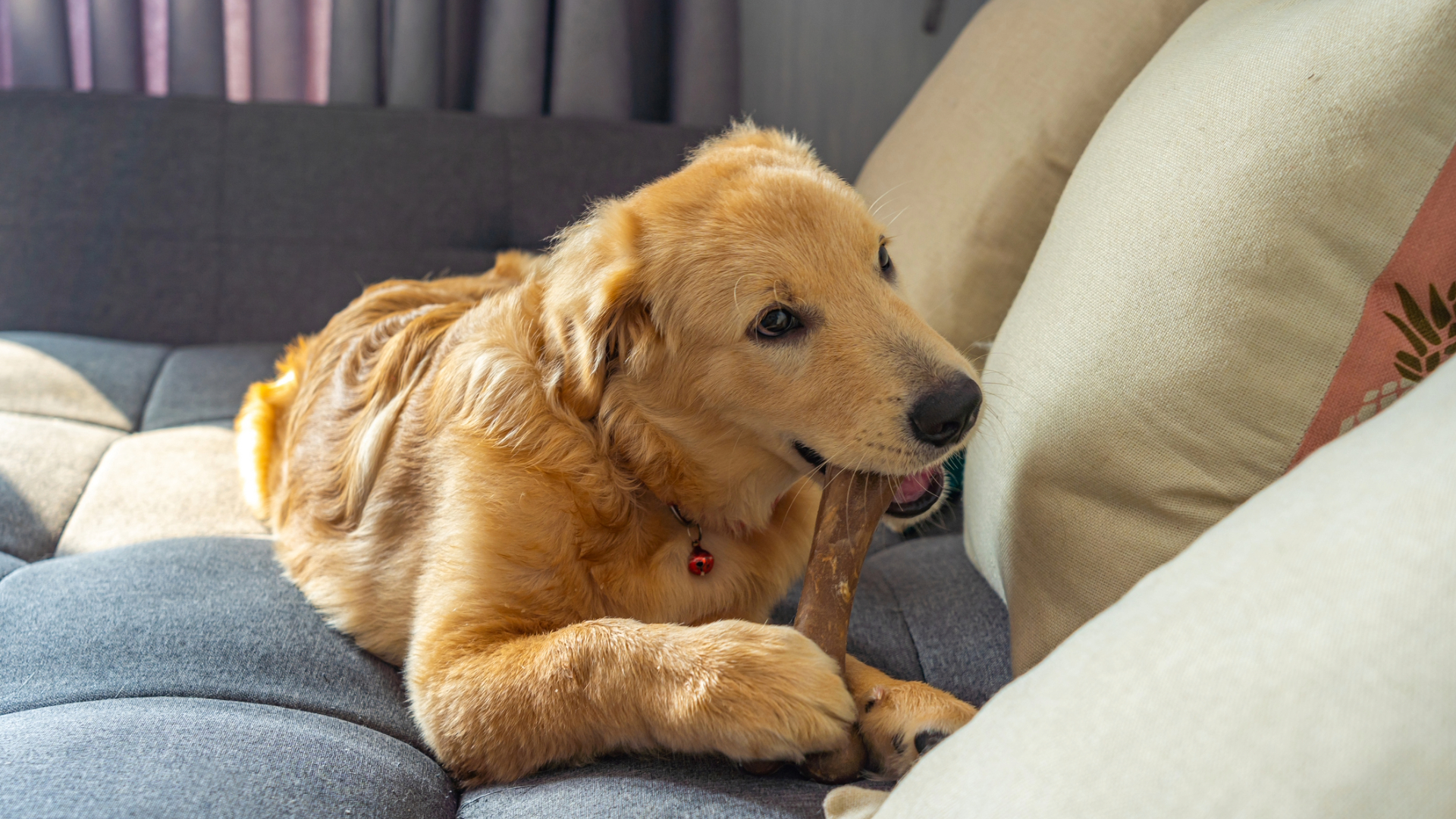
What is a good alternative to rawhide bones for dogs?
There are many safer and healthier alternatives to rawhide chews available in the market. These include:
- Fish skin chews: These are rich in omega-3 fatty acids, promoting healthy skin and coat.
- Chew toys: The best dog chew toys, such as the Kong rubber toy, can be filled with treats to keep dogs engaged.
- Sweet potato chews: These are dehydrated slices that offer an option that's high in fiber.
- Dental chews: The best dental chews for dogs are usually starch-based and are specifically designed to promote oral health and reduce plaque. They are generally easily digestible and safe to swallow in small amounts. Always ensure they are approved by the Veterinary Oral Health Council (VOHC).
Greenies Dental Chews | Amazon
These VOHC-approved treats feature a unique texture that helps clean teeth down to the gumline, reducing plaque and tartar buildup. Made with natural ingredients, plus added vitamins, minerals, and nutrients, they are formulated to be both effective and nutritionally balanced.
These alternatives not only provide the chewing satisfaction dogs crave, but also come with added health benefits and reduced risks. If none of those take your fancy, here are some more rawhide alternatives to read about.
Rawhide bones have long been a popular go-to for pet owners looking to satisfy their dog’s natural urge to chew. However, as our understanding of canine health and safety has evolved, so too has our awareness of the potential risks that rawhide chews can pose.
Ultimately, every dog is different, and what works well for one may not be appropriate for another. That’s why it is very important to have a conversation with your vet before introducing any new chew into your dog’s routine.
They’ll help you find the most suitable options based on your dog’s age, breed, health status, and chewing habits so you can keep your four-legged friend happy, healthy, and safe.
Read next: What's the difference between rawhide vs beefhide? Or, discover the best durable dog toys for tough chewers, is rawhide bad for dogs or what bully sticks are made of
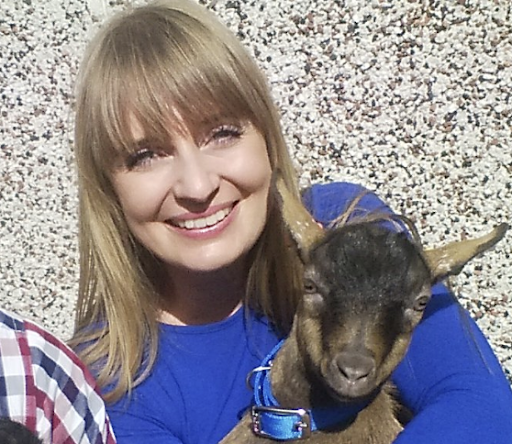
Emma Chandley is a vet with 14 years of experience and has a keen interest in surgery. After graduating from the Royal Vet College in London in 2011, she achieved a postgraduate certificate in small animal surgery from the British Small Animal Veterinary Association and Nottingham Trent University. She was then awarded advanced practitioner status in the same discipline by The Royal College of Veterinary Surgeons. She has a black Labrador and two pygmy goats at home.
Edited by Megan Milstead.
This page was last updated in May 2025 by Emma Chandley.
Emma Chandley is a vet with 14 years of experience and has a keen interest in surgery. After graduating from the Royal Vet College in London in 2011, she achieved a postgraduate certificate in small animal surgery from the British Small Animal Veterinary Association and Nottingham Trent University. She was then awarded advanced practitioner status in the same discipline by The Royal College of Veterinary Surgeons. She has a black Labrador and two pygmy goats at home.
